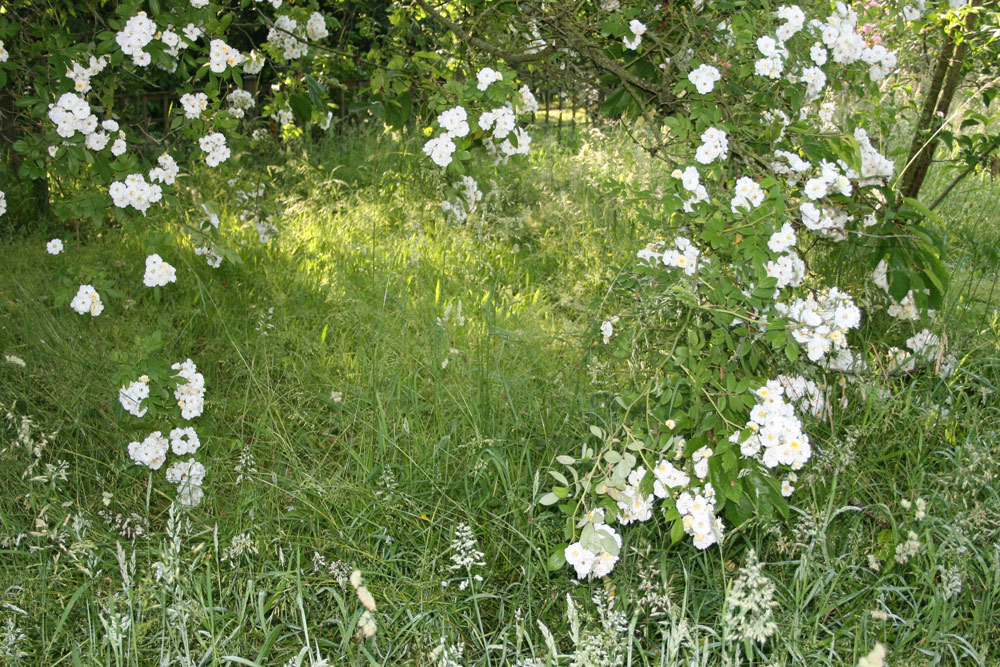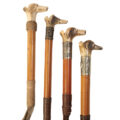by Sally Gregson.
PERHAPS the archetypical flower of any English garden is the rose.
More pages have been written, more photographs taken and more songs sung about the rose than any other flower. And yet roses are becoming less widely grown than ever before. Perhaps it’s the pruning, or perhaps it’s the prickles, with which not all roses are adorned, or perhaps they are just contrary to the ‘natural, untamed’ look of modern borders.
Climbing roses are much simpler to grow. They just need good, improved soil, mostly in sun, and somewhere to climb. The growth potential can vary quite a lot. From the relatively short variety Rosa Souvenir du Docteur Jamain with its velvety red flowers produced in mid-summer, through the rambling R. Brenda Colvin with clouds of creamy, semi-double flowers in June and July, to the humungous R. Paul’s Himalayan Musk which would smother a house if left to its own devices, although its millions of small, pale pink flowers would take your breath away.
Many of the more popular climbing roses have weak necks, which is an entirely desirable trait. If all the flowers on a climbing rose looked up to heaven, what would we earth-bound mortals have to admire? Rosa Zéphyrine Drouhin has semi-double, deep pink flowers that gaze down from above with quantities of perfume. Most usefully, La Zéphyrine has no prickles at all. So she could be planted by a doorway and would not reach out and grab every passer-by as they came and went. At the opposite extreme, R. Mermaid has big, beautiful, lemon-yellow single flowers. And long, vicious thorns that would tear any passer-by to shreds. She might be very useful on a boundary fence.
Rambling roses do just that – they ramble all over any neighbouring shrub and cover it with blossom in summer. If you have the space, try mixing Rosa Veilchenblau with its grey-mauve flowers, double white R. Rambling Rector and the crimson Chevy Chase. They flower over the course of about six weeks depending on the summer.
In autumn R. Rambling Rector has small red hips that dance over the whole plant until the birds have feasted on them all. Prune back any flowered shoots in autumn, and allow the long, new wands to get ready for another glorious summer.









Leave a Reply